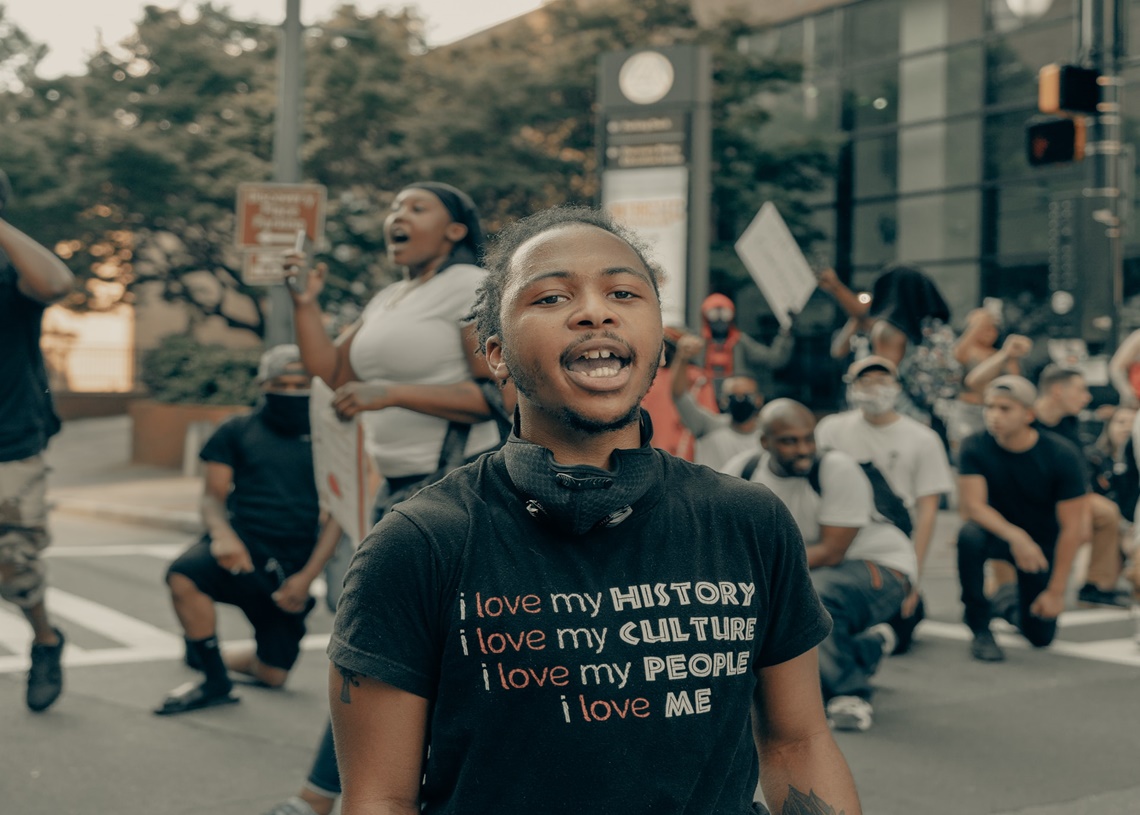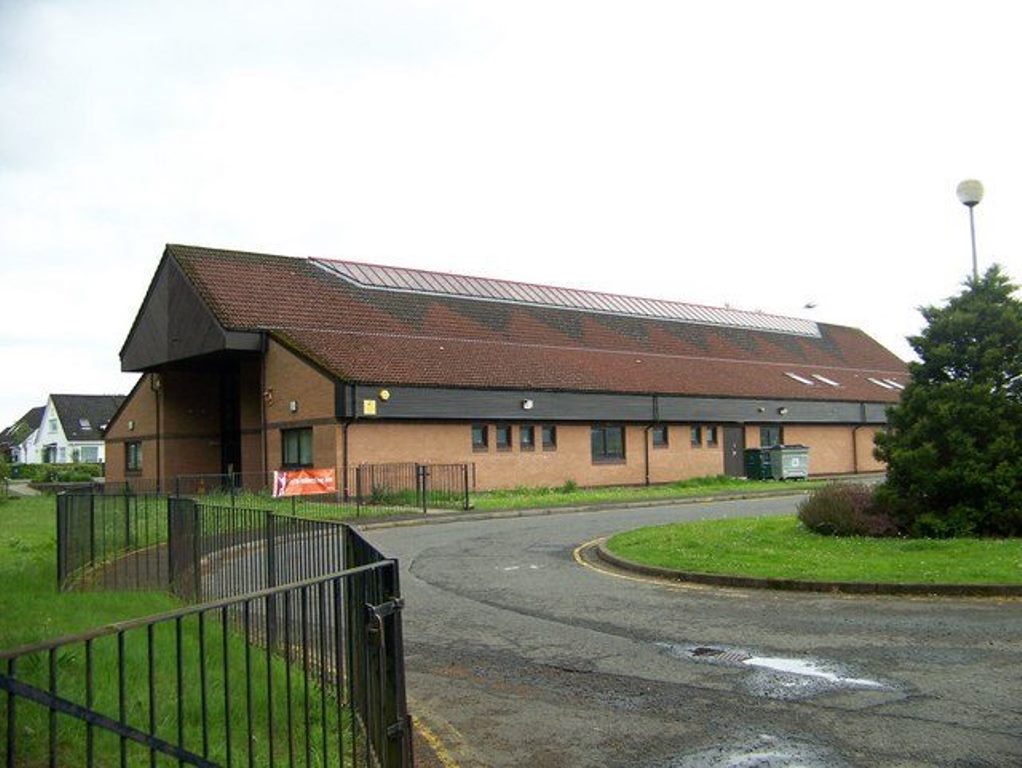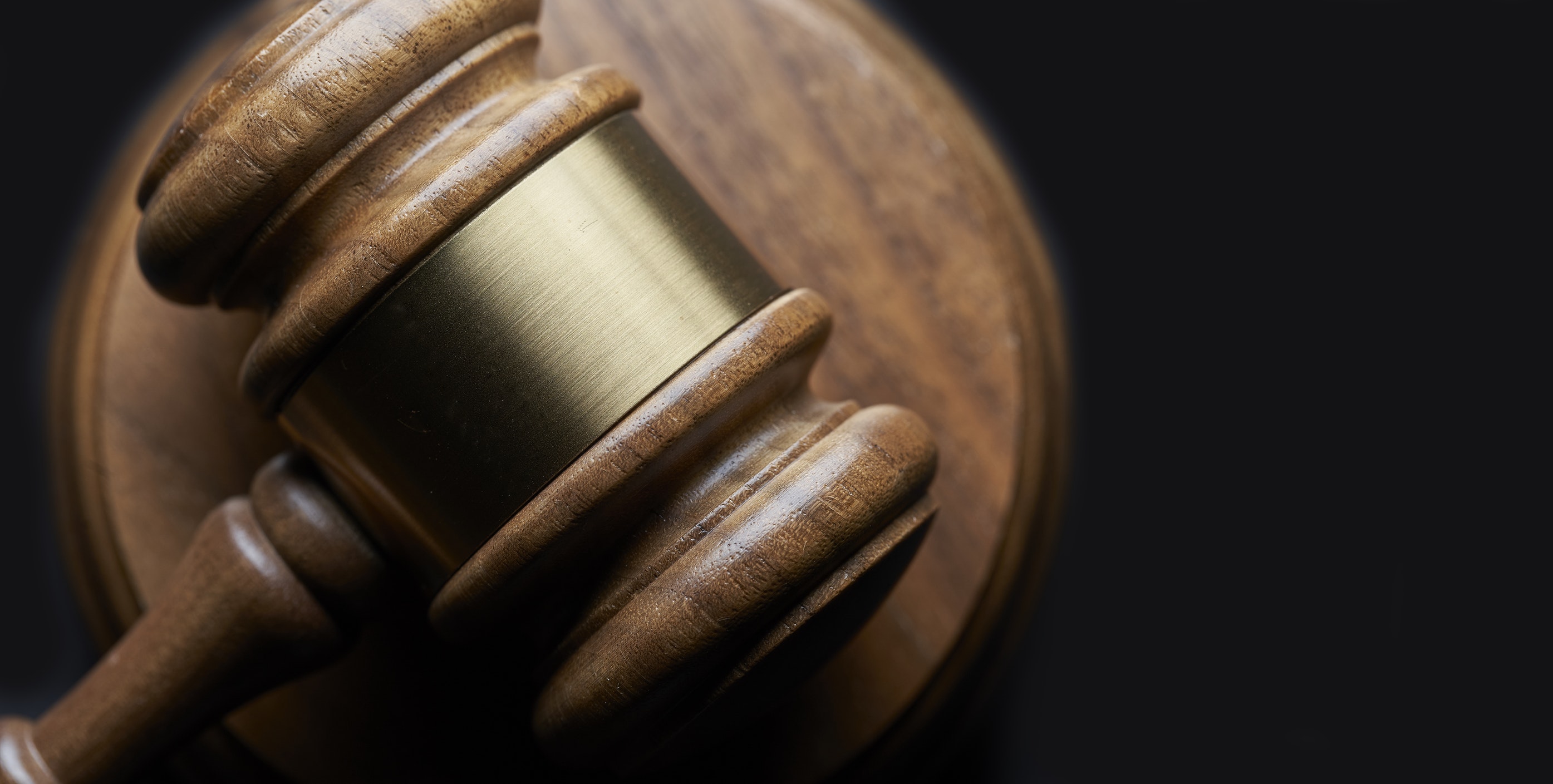In their efforts to expose rampant racism in schools and the community, the anti-racism demonstrators are targeting the eradication of the William Gladstone statue situated in Liverpool, after uprooting the 125-year old statue of England’s famous merchant and slave trader, Edward Colston, on Sunday.
The UK’s four-time prime minister and a liberal politician, William Gladstone, is often referred to as Britain’s most influential leaders by historians even now, for several reasons. From fiercely opposing opium trade and trade protectionism to promoting equality of opportunity, Gladstone rightfully earned the sobriquet as “People’s William” and massive support from the working-class community.
Britain’s legacy of slave trading
And although William himself was against slave trading at the time, he could not run away from the fact he was, in fact, a descendant of one of the most prominent slave-owning families in the world. For many, he would still be remembered as someone who helped his father, John Gladstone, obtain reimbursement from the government for the loss of ownership of over 2,000 slaves across the Caribbean, when the concept of slavery was put to an end.
Weeks ago, the world was left teary-eyed when news channels across the globe broadcasted the brutal homicide of George Floyd, a 46-year-old American man who was a victim of police brutality. However, his death galvanized a global movement, and its ripples are being felt in the UK as well. Demonstrators here are drawing attention to the nation’s involvement in the historic slave trade.
Today, the University of Liverpool declared that it would rename the halls that glamourize Gladstone’s name when a group of students demanded that universities stop “normalizing” these politicians and personalities, who had a substantial role to play in enslavement, a practice whose repercussions are still being felt today in the form of racist attacks against the black community and racism in schools.
Tackling slavery in modern-day Britain
There have also been requests to demolish other prominent figures like Robert Peel, Charles Grey, and even Harold Wilson, for their almost negligible links to the oppression of the black community. But will it serve the real purpose? Does it mean that the once-glorious tales of the achievements of certain Englishmen would be wiped out and forgotten by virtue of their insubstantial association with present racism in schools?
While crowds try to vent their anger on statues of slave owners, the truth is these acts cannot obliterate racism. Present-day slavery is still being practiced in other forms. It is being practiced by advocating fairness as beauty or highlighting accomplishments of white people while taking away focus from equally capable black communities.
Thus, in their efforts to address the growing racism in schools, the education leaders on Wednesday demanded a review of the curriculum. Mary Bousted, joint general secretary of the NEU teaching union, said that the existing syllabus doesn’t offer equal respect and dignity to the black community of Britain. There is no emphasis on their personal and professional attainments.
Commenting further, Bousted says that Britain boasts a global history, and people from around the world played a part in making the country what it is today. The George Floyd prospects are giving a voice to these deep-rooted inequalities. And the only way to curb the issue of racism in schools is to draw attention to the roles of black Britons. Their perpetual stand against injustice and vigorous campaigns for the black workers also helped shape England’s history.
Racism in schools: UK must embrace migrants
NEU has demanded a broader perspective on the future of education. Going forward, they want a diverse pool of teaching staff, sensitive to the needs of the students of all communities, races, ethnicities, and classes. In addition to teaching about Britain’s rich colonial history, greater emphasis must be placed on Britain’s centuries-old association with migrants and their contribution to the economy, politics, art, culture, and overall relationship with the outside world.
Besides undertaking the above measures, Bousted has requested designing of an overarching framework that addresses the issue of racism in schools in detail. The plan is to develop a shared platform for the black teaching staff and students who can come forward to share their experiences and feedback on how to make the education system more inclusive for the migrants.
Uproot racism not statues
Indeed, racism or discrimination of any kind has no place in sacred institutions like schools. Good schools, like good societies or good families, cherish and celebrate diversity. Despite that, racism in schools takes on many forms. Some are fiercely brutal; others are subtle and underhand.
However, erasure of the past by taking down historically-significant statues would only do more bad than good. Yes, it may pacify the sentiments of the enraged youth for a short time, but the long-term effects involve fostering a sinister culture and raising a future generation that’s bereft of history. The solution to racism is racial justice, equality before the law despite color, social class, creed, or origin.
Injustice anywhere is a threat to justice everywhere.
– Martin Luther King, Jr.







